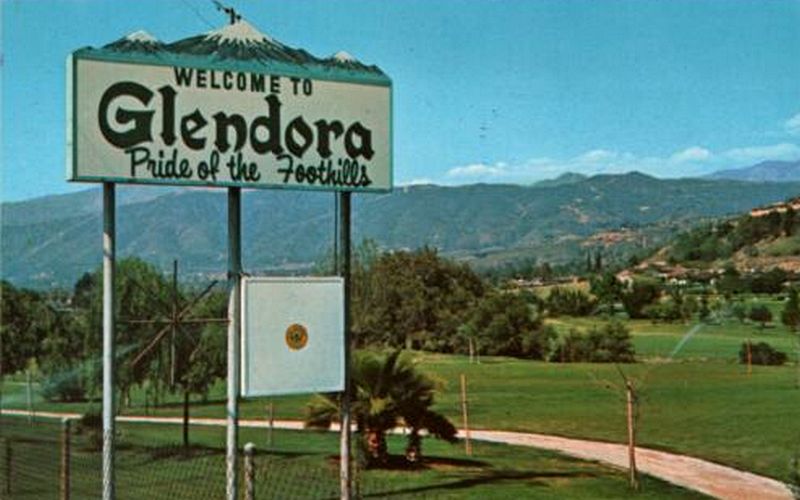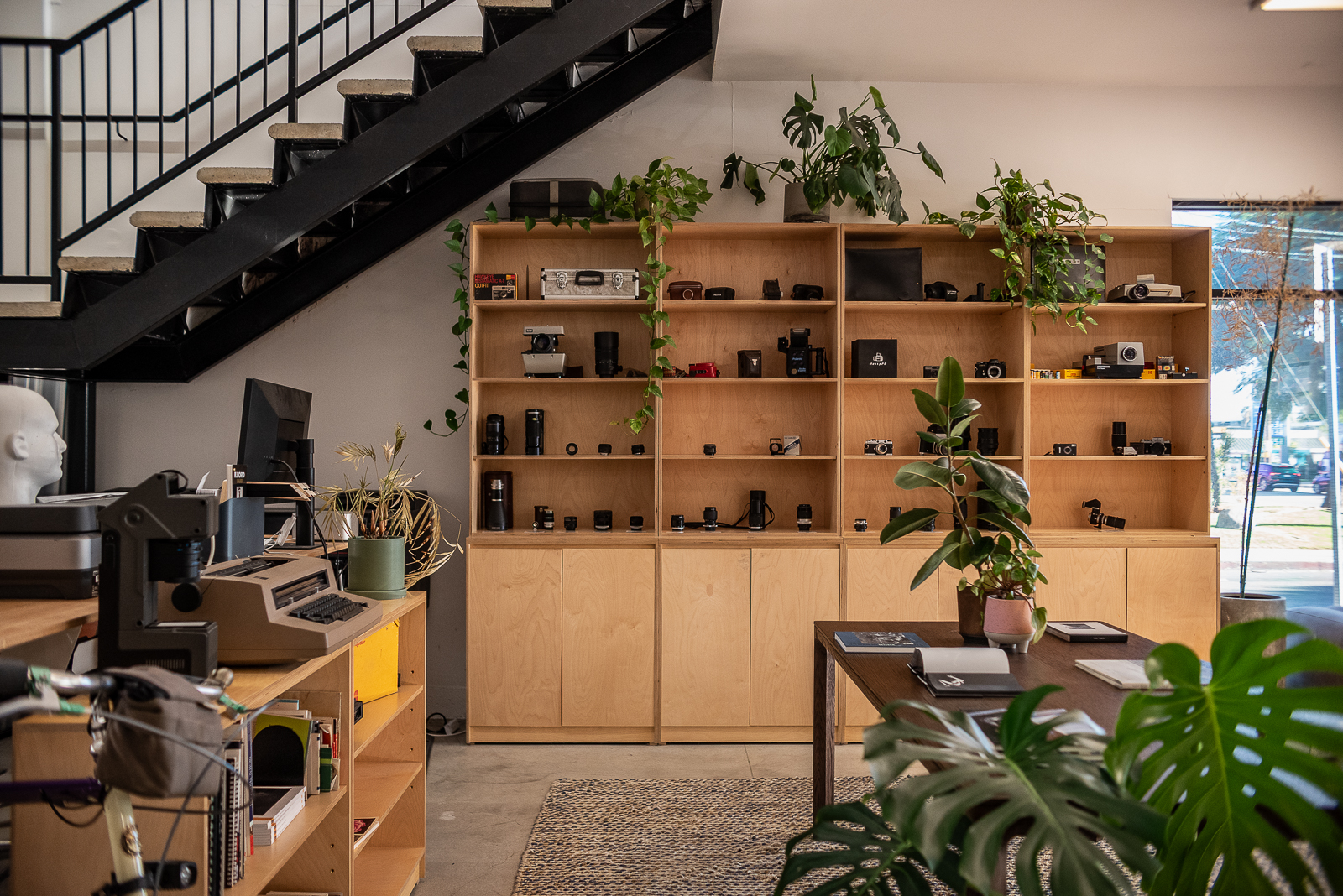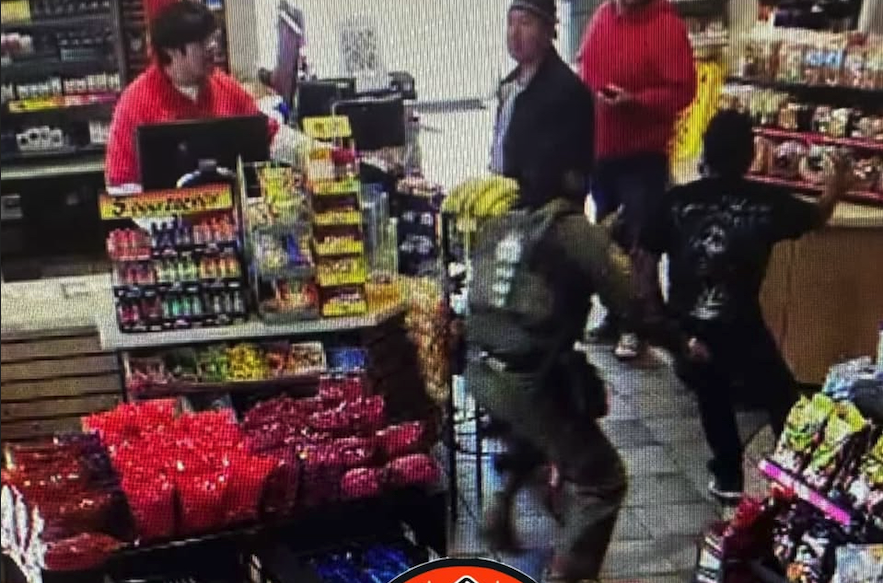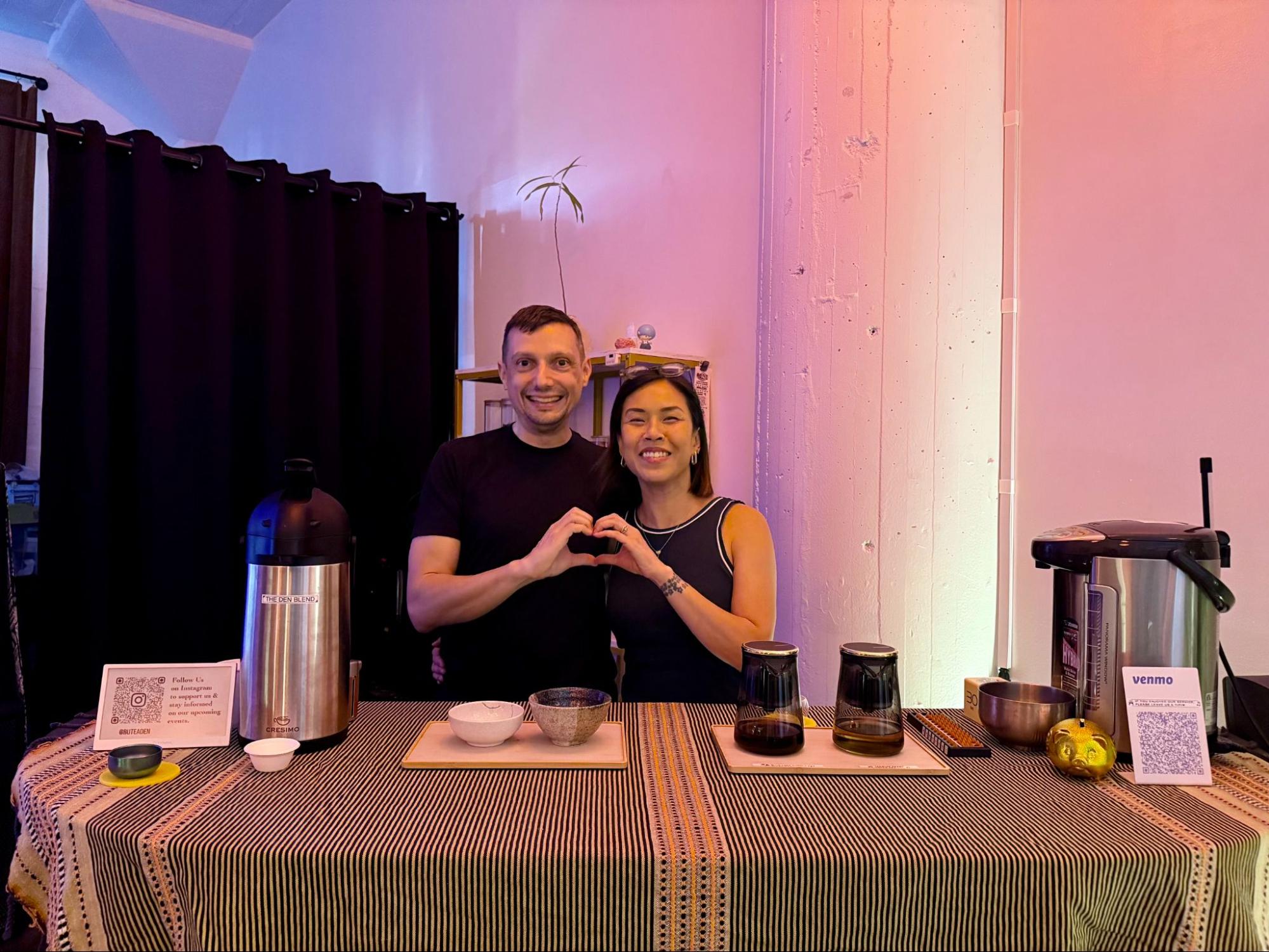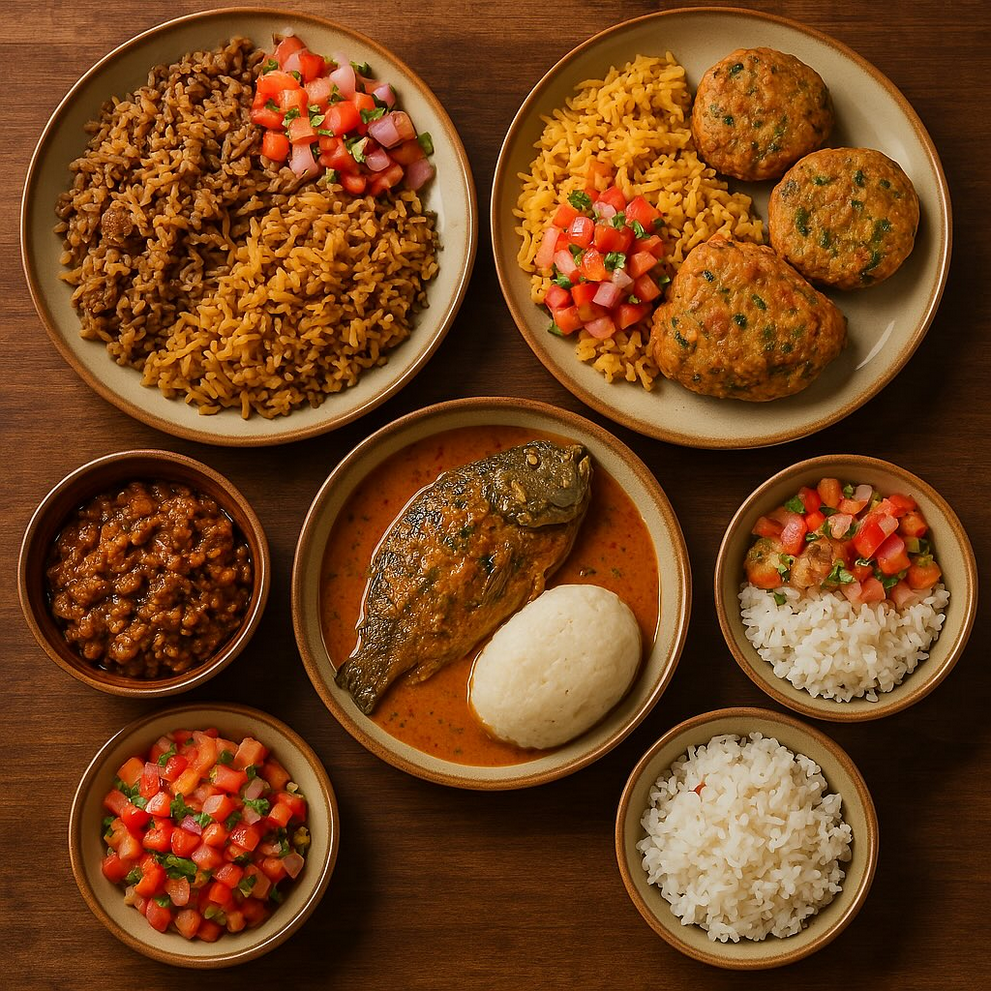L.A. TACO is embarking on its biggest mission yet: to create a taco and food guide for every single neighborhood in Los Angeles! Along the way, we will also be releasing brief histories of each neighborhood to understand L.A. a little more and why each and every neighborhood that makes our fine city the best in the world. Check out our neighborhood page to see the ones we've done so far.
Today’s city of Glendora, known as the “Pride of the Foothills,” was part of the land grant bestowed upon Ygnacio Palomares by Governor Juan Bautista Alvarado in 1837. The land here was mostly agricultural until the Santa Fe Railroad was completed in 1887, bridging L.A. to Chicago and bringing people from across the country who often stayed for the weather and irie lifestyle.
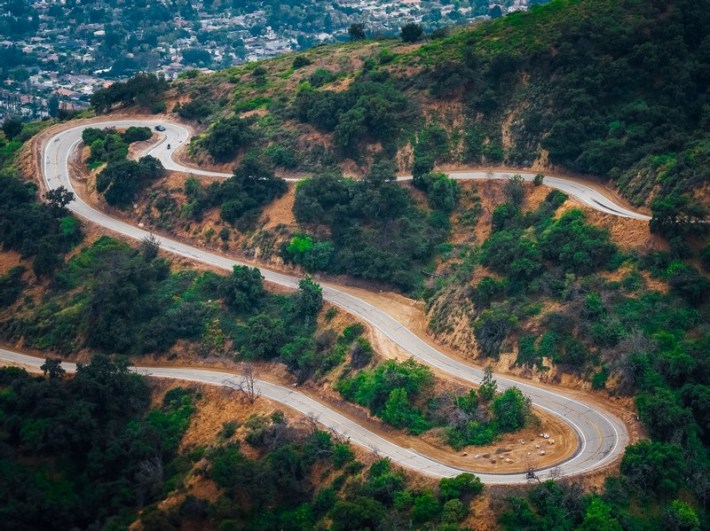
Glendora was initially a subdivided neighborhood created on 300 acres of land at the foot of the San Gabriel Mountains by Vermont-born George D. Whitcomb, who founded The Whitcomb Locomotive Company in Illinois and settled in California in the early 1880s. Glendora gets its name from Whitcomb's wife, Leadora, combined with the "glen" (narrow valley) where his home was located. The opening of a railroad extension connecting Glendora to Downtown’s Pacific Electric Building in 1907 on an hourly train helped the suburb thrive further, and Glendora was incorporated with Los Angeles in 1911.
Glendora, which has a population of roughly over 52,000, casts itself as a charming, close-knit community with a preserved downtown that has maintained its old opera house, train station, movie theater, and other historic buildings to function as contemporary commercial businesses today. Downtown's dedicated Historical Walk can guide you through the town center to see such sights while enjoying its cafes, restaurants, and shops. A drive around the city offers views of an incredible assortment of residential architectural styles, including Victorian and Queen Anne-style homes and massive modern estates.
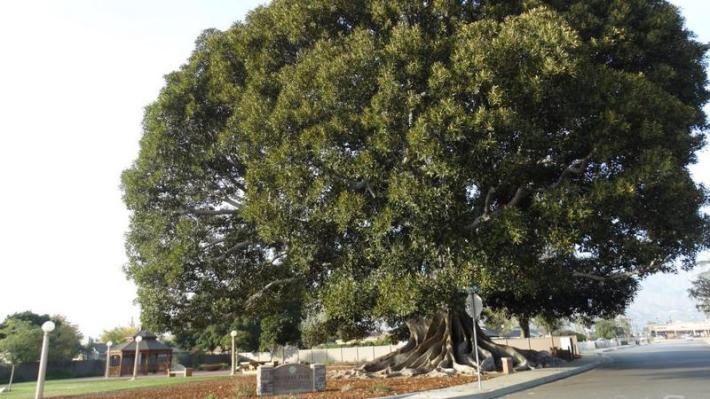
There are myriad attractions in Glendora to check out beyond downtown and its neighborhood sightseeing. The city’s Big Tree Park shows there’s truth in advertising, if not a ton of creativity, playing home to one big-ass Moreton Bay fig tree, the biggest south of Santa Barbara’s own. It’s rentable for parties and weddings. Rubel Castle is a little like Glendora’s own Watts Towers, a very non-traditional construction by a dude named Michael Clarke Rubel, who made his own pseudo-medieval village on a citrus orchard with his friends using concrete, river stones, bottles, coat hangers, and other found or reusable objects. Calling Dr. Tinkerpaw…
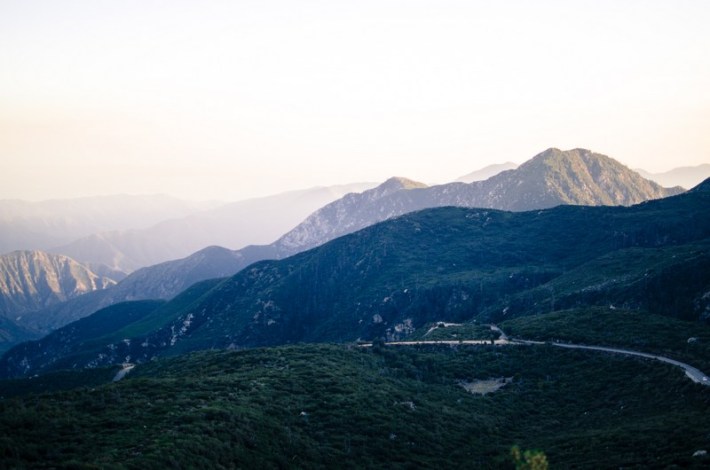
Glendora is also a phenomenal base for planning a hike. The area has numerous trails worth seeking out, some of them with intriguing names like Poop Out, Punk Out, and Mystic Canyon. Glendora is also known for having the largest growth of bougainvillea in the country, located on Bennet Avenue since 1901.

Glendora is also the hometown of Gumby, everyone’s favorite green bendy clay guy. Clokey Productions was based here, churning out 85 episodes of claymation-based Gumby and 65 episodes of Davey and Goliath from 1960-1978. Glendora started a Gumby Fest in 2014, which was unfortunately short-lived. Davey and Goliath never had one at all.
That’s hardly Glendora’s only claim to fame, though. Motley Crue’s Vince Neil and motivational speaker Tony Robbins both grew up here, among others, and Punky Brewster star Soleil Moon Frye and adult film actress Raylene were born here. And perhaps as a testament to its moneyed side, In-N-Out CEO Lynsi Snyder and David Klein, the inventor of Jelly Belly, live here. The Safaris, the band behind the 1960’s surf-rock hit Wipeout, formed in the city as teens. Glendora’s name was spread widely in both the cinematic and musical versions of Mask, which depicted the short, inspiring life of Rocky Dennis and his journey to accept himself with the craniodiaphyseal dysplasia that created a severe facial malformation, and that he bravely chose to keep.
